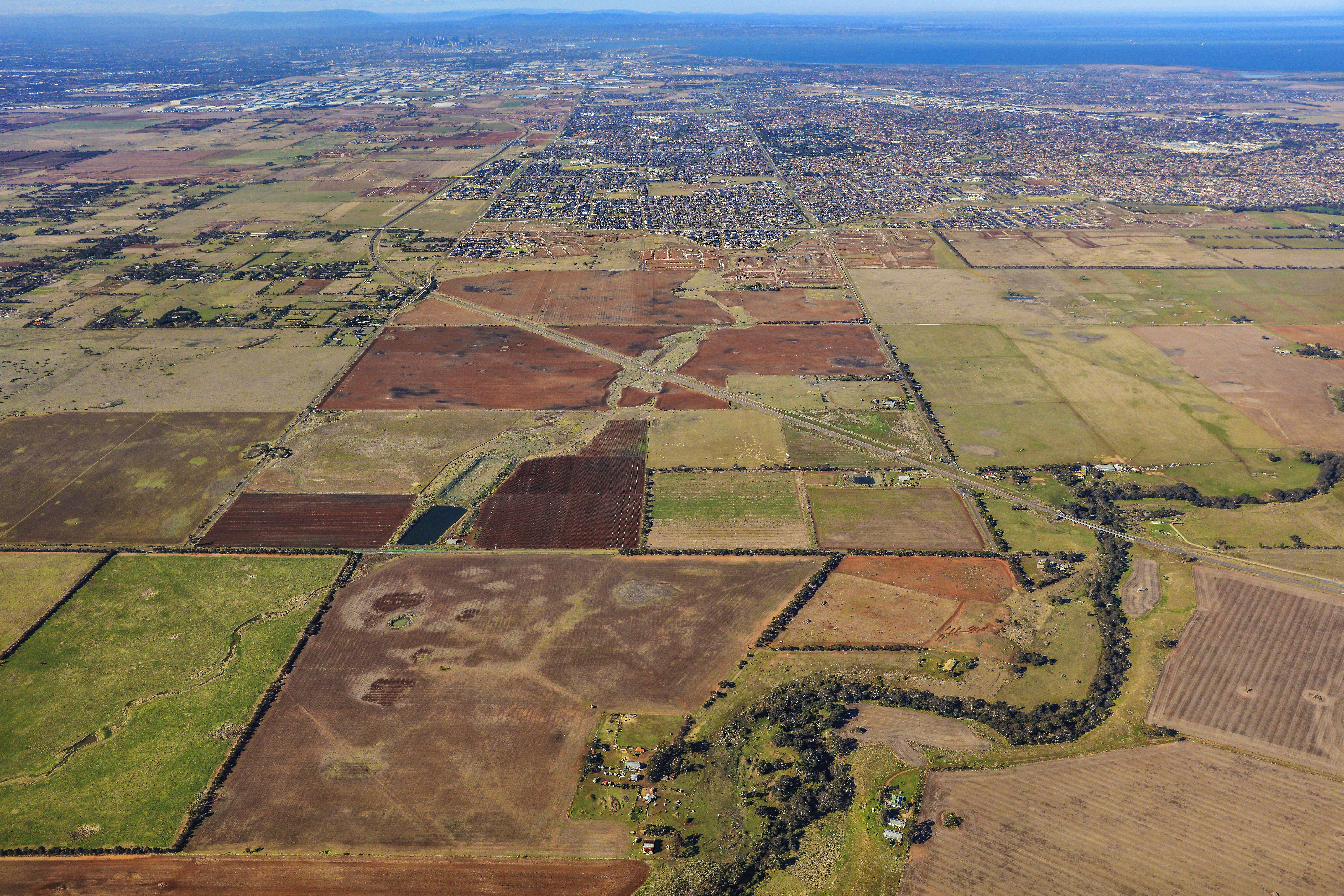
Victoria’s residential land market appears to have started cooling down from the fever pitch amid the pandemic, with activity returning to the “normalised pre-COVID level”.
RPM Research’s latest quarterly report showed a 29% annual decline in vacant land sales during the first three months of 2022, down from 6,793 to 5,285.
While the decline reflects the slowing of demand for potential homebuilders, the current interest in the Victorian land market is still above historical sales levels, which only averaged 1,500 sales per month.
During the same quarter, new lot releases were down 16% — juxtaposing this with sales, however, showed that the take up remained strong for the limited stock, which indicates a sustained long-term attractiveness of the state’s land market.
Here’s how each corridor market performed over the first quarter of 2022:
Western Growth Corridor – This corridor accounted for 43% of total land sales in the state. While it maintained its dominant position, it did report a 26% annual decline and an 8.1% increase in median lot size to $359,000.
Northern Growth Corridor — Accounting for a little over a quarter of the overall land sales, this corridor reported a 32% annual decline in turnout.
South East Corridor — This corridor registered a 34% drop in supply and a 33% fall in total sales.
Geelong Growth Corridor — With just 573 lot sales during the quarter, this corridor hit the largest quarterly decline. Its sales activity is now 45% below its peak achieved in the second quarter of 2021. Supply constraints are a major contributor to the slump in land sales in this corridor.
RPM managing director Luke Kelly said the emerging traditional headwinds are starting to cause the market to slow, especially with Melbourne and its regions coming off a sustained period of strong performance and resilience.
“It’s especially important to consider factors such as rising interest rates and inflation, continued global supply chain challenges, local labour shortages, and an upcoming federal election, which are all set to play out on buyer sentiment,” he said.
Mr Kelly said the record low median lot sizes seem to be driving innovative new home design on smaller blocks, which, in turn, would lead to a surge in townhouse builds across Melbourne’s major growth corridors.
According to the RPM study, the size range with the biggest share of sales is between 326 and 350 square metres at 23%.
The land size range of 376 to 400 square metres also took a significant share at 18%.
Meanwhile, Mr Kelly noted of the sustained median price growth of the established housing market in Melbourne, which could potentially place the greenfield land sector in a good position.
As of the end of march, the median house price in Melbourne is at $1.12m, 0.3% lower than the previous quarter.
According to the study, one in four land sales during the quarter involved investors.
“Combined with expectations for overseas migration to return to pre-pandemic levels over the next couple of years, there could be the perfect storm brewing when it comes to consumer and investor sentiment,” he said.
—
Photo provided by RPM